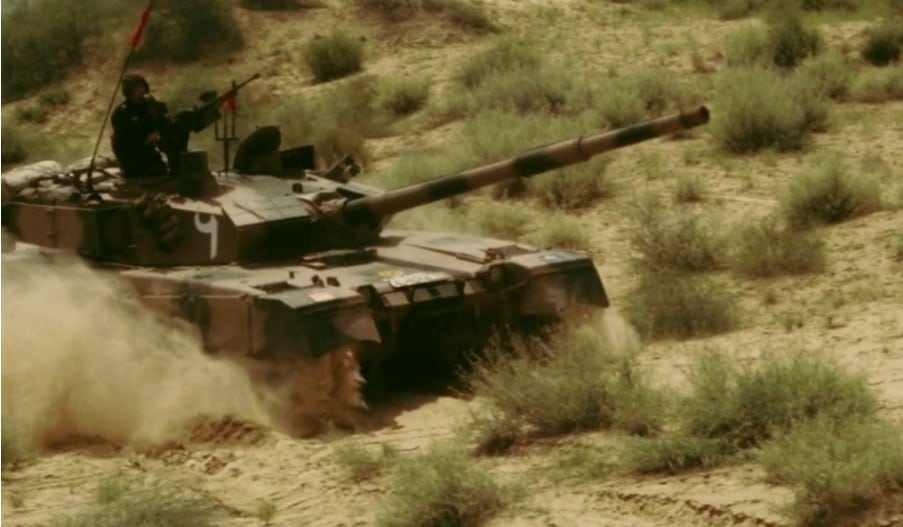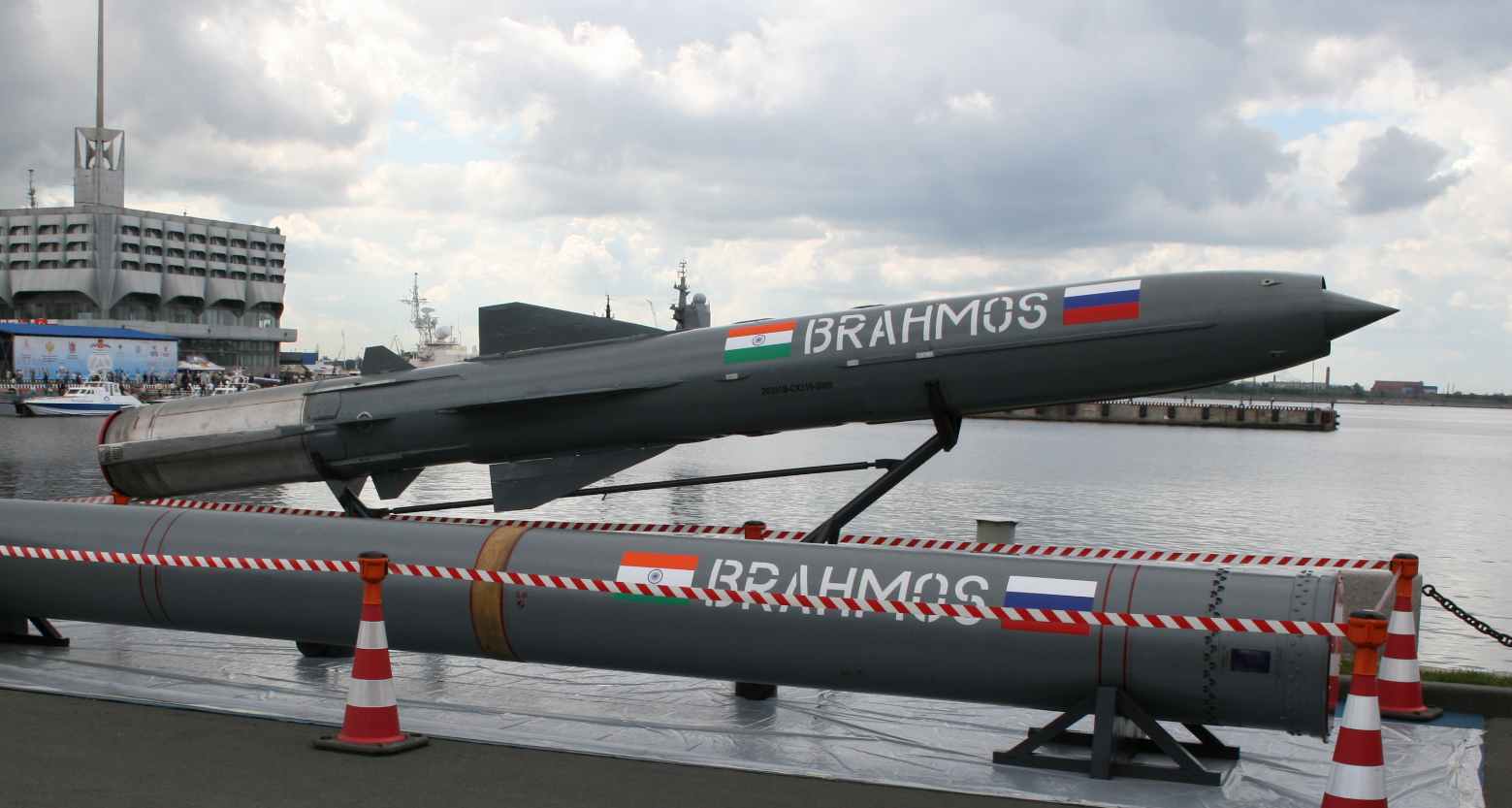2943Views 6Comments

The Pakistan Air Force’s summer of exercises
It was a busy summer for the Pakistan Air Force (PAF). In May, the PAF had kicked-off Tempest II, an air warfare exercise designed to apply “newly conceptualized warfighting concepts.” In June, the PAF’s No. 11 squadron – equipped with F-16A/B Block-15 Mid-Life Update (MLU) – had participated in Anatolian Eagle, the Turkish Air Force’s marquee international air exercise. In August, six F-16C/D Block-52+ units from the PAF’s No. 5 squadron were deployed to Nellis Air Force Base in Nevada to participate in Red Flag, the U.S. Air Force’s flagship air combat exercise.
In broad terms, exercises function as important activities in that they enable militaries to acclimate their forces to an active combat situation. Although a genuine war can never be simulated, the technical aspects which determine one’s ability to execute efficiently can be ironed out and improved through exercises that seek to at least induce some wartime pressures.
In the case of an air arm, this could involve a greatly increased sortie rate, forward asset deployment with limited access to spare parts and comprehensive maintenance facilities, and an opportunity to assess the efficacy of newly inducted systems, such as new fighter aircraft or special assets, such as airborne early warning and control (AEW&C) aircraft.
The lessons acquired from these exercises are then fed back into the various organs of the air arm, such as its acquisitions roadmap, future development concepts, and training institutions and operational procedures. In peacetime, large-scale exercises function as a means to help improve doctrine and develop impetus for the introduction of new technology. Ideally, it would also push military leaderships to examine their own assumptions and beliefs, even in terms of the future, and course correct.
When examining specific exercises, such as Red Flag, it is important to recognize that not all exercises are purely technical in their nature. While Red Flag is an essential means for the U.S. Air Force and U.S. Navy to engage in the above process of trial and improvement, the exercise also serves a vital role in supporting Washington’s foreign relations and foreign security objectives.
It is easy to miss this fact. For example, when word spread that the PAF would be in the same Red Flag slot as the Israeli Air Force, many were taken by surprise that the two would be paired together. Granted, it was a peculiar combination considering that Pakistan and Israel do not maintain formal diplomatic ties, but at the end of the day, Islamabad and Tel Aviv are U.S. allies. Their roles and objectives are different, but irrespective of the rhetoric and noise, only allies are invited to attend Red Flag.
Interestingly, the value of the F-16 as an essential U.S. foreign relations piece was also raised at Red Flag. The PAF’s Deputy Chief of Air Staff Air Vice Marshal Syed Noman Ali said, “The F-16 has been the lynchpin in accomplishing our mutual desired objectives.” Granted, the context was in terms of the F-16’s value as a means to enable the PAF to readily integrate and interoperate with U.S. and other coalition partners on a technical basis, but once more, the F-16 is being highlighted as a particularly important political asset.
This might seem insignificant, but in the context of the controversy surrounding Congress’ refusal to release foreign military financing (FMF) support for a proposed sale of eight F-16C/D Block-52+, the PAF sought to convey an important point regarding the value of the F-16.
That said, one would imagine that the PAF had entered the exercise with the hope of gleaning valuable insights into potentially new or unfamiliar practices and technology. Dissimilar air combat training (DACT) with the U.S. Air Force’s F-35 could have been considered an area of interest. However, it is unlikely that specifics in this area will be conveyed by the PAF through official channels. Besides this, exposure to USAF (and other) operational procedures and standards would be something the PAF may consider useful enough to feed back into its own training programs and institutions.
Domestically, the PAF may hold its own major exercises in 2017. In fact, besides Tempest II, the PAF also held a joint exercise – Shaheen 5 – with the People Liberation Army Air Force (PLAAF). However, in 2015 (and 2013 and 2011) the PAF also held a bilateral exercise with the Turkish Air Force under the designation Indus Viper. Given the two-year rotation cycle, it is possible that an Indus Viper 2017 is on the horizon.
The forthcoming Airpower Centre of Excellence (ACE), which will be focused on developing and imparting counterinsurgency (COIN) expertise in the context of air warfare may also lead to COIN-focused exercises, not just for the PAF, but potentially overseas air forces as well. This may figure prominently in the context of Pakistan’s defence relationships in Africa and the Middle East.
With exercises becoming a regular and frequent occurrence for the PAF, it will be worth seeing if Air Headquarters is toying with the idea of expanding upon Indus Viper or creating another bi-annual exercise for multiple overseas participants. After all, given the diversity of platforms in use in the Arab Gulf, the DACT potential is relatively immense. Thus far, domestically-held international exercises are bilateral, i.e. they involve Pakistan and one other participant (e.g. China or Turkey). A larger exercise with three or four parties would be a major shift, though it would require extensive planning beforehand, especially in terms of drawing the interest of prospective participants.



6 Comments
by Quraishi
I never understand what’s the problem practicing with Israelies , and why do people make a fuss about it. It’s all emotions, on the contrary one can learn much more about them and others.
After all usa has caused lots more destruction in muslim lands then the Israelies, and also in supplying the Israelies with the latest tech, but no one says anything about participating with the Americans for various stuff.
This is not rational thinking at all from the masses, just emotional, just because people feel the cannot do without usa thus all their actions are overlooked and accepted.
by SP
US may have caused more destruction but the American people are not to blame as their government is controlled by Zionists. The US has not attacked Muslim countries and sought regime changes for itself but for Israel. If Pakistan can train with Israelis then it can also train with the Indians at Red Flag in the future.
by Mohsin E.
Thanks SP for providing an example of that typical irrational thinking that Quraishi was talking about…. Right on cue.
by SP
Perhaps you could can elaborate on the irrational part of my comment or what you consider to be irrational. That would be more constructive in particular if you can give rational reasons for your opinion and it would aid the debate rather than just a blanket starement that I am being irrational.
by SP
You are trying to confuse yourself. Pakistan does not recognise Israel. It has no diplomatic relations with Israel. According to legend our airforce fought against Israel during during the arab wars. During Kargil Israel helped India. At one point it was also rumoured that Israeli aircrafts would attack our nuclear facilities using Indian bases.
Since you don’t mention Iraqi, perhaps you can tell us why it was attacked and how many millions have died since then. Iraq was not a threat to US but was a threat to Israel.
Why did US go for regimes change in Libya and Syria but reversed the regime change in Egypt.
The taliban in Pakistan has nothing to do with Afghan taleban and is supported by India and the US.
by Mohsin E.
So my ‘blanket statement’ is bad, but your’s is ok? You said the US is being controlled by Zionists. Did you provide any rationale for this statement? Why should I waste my time giving “rational reasons” to you, if you didn’t even take the time to construct an actual argument?